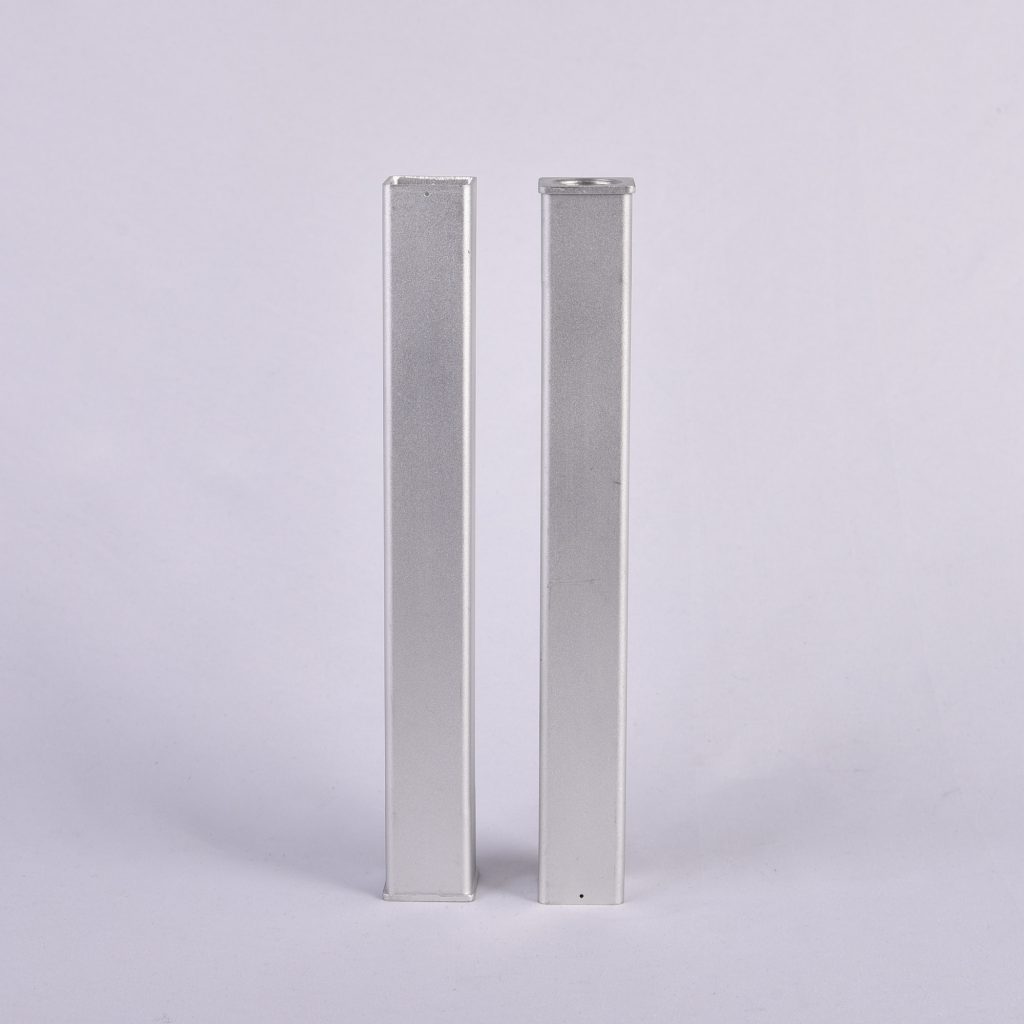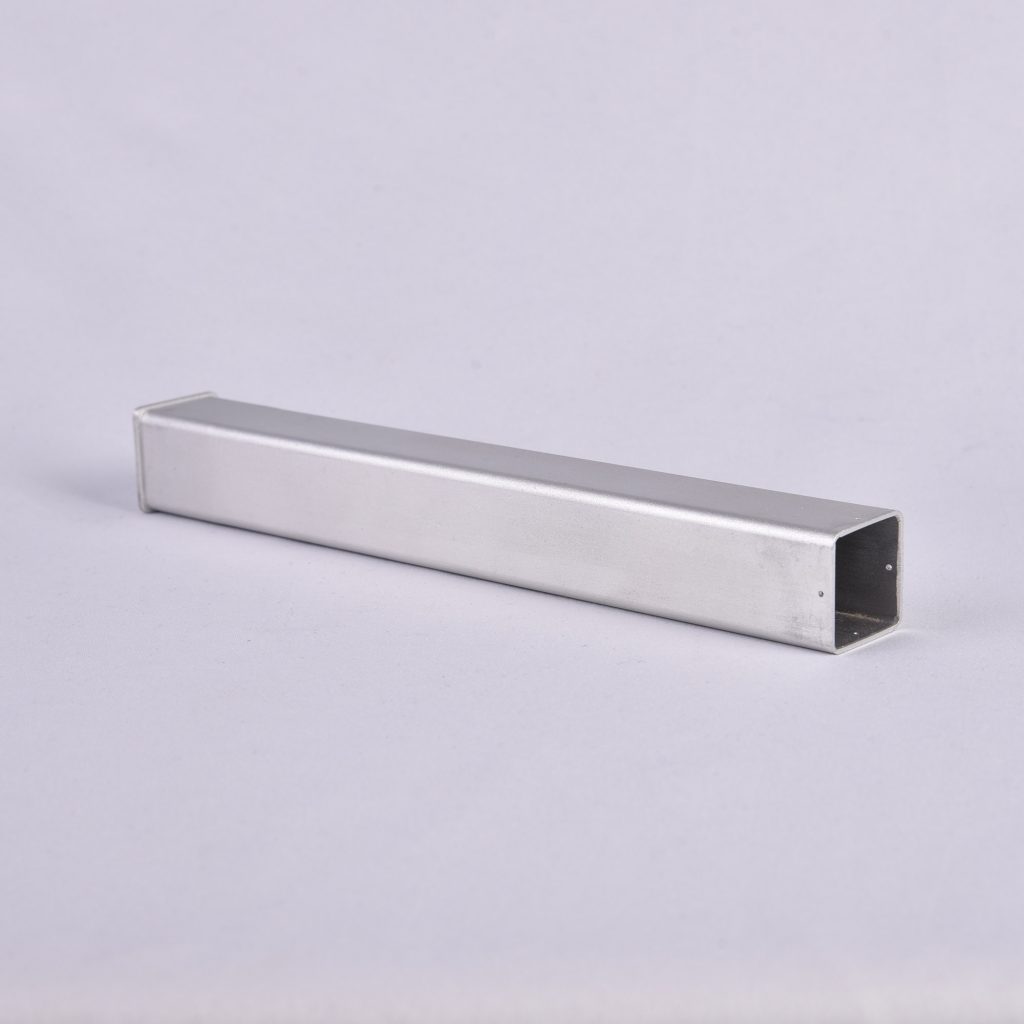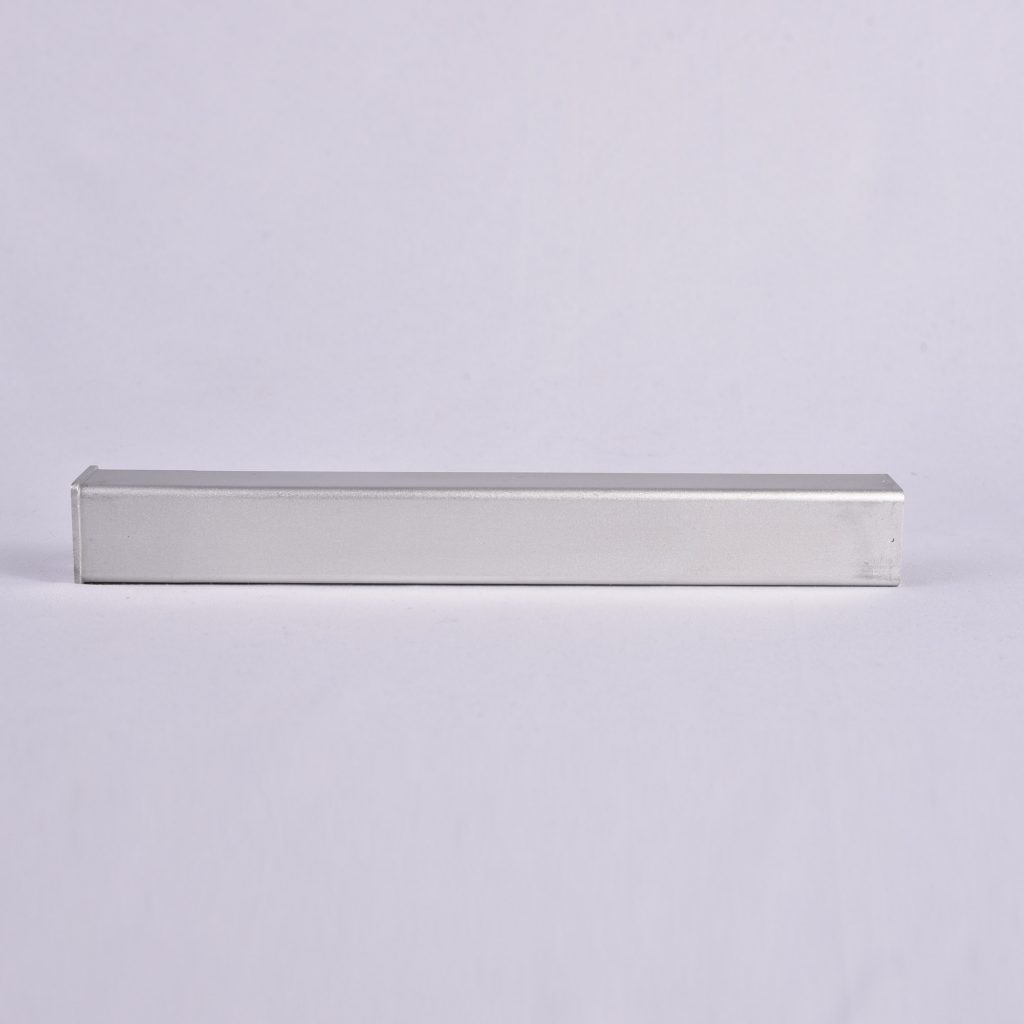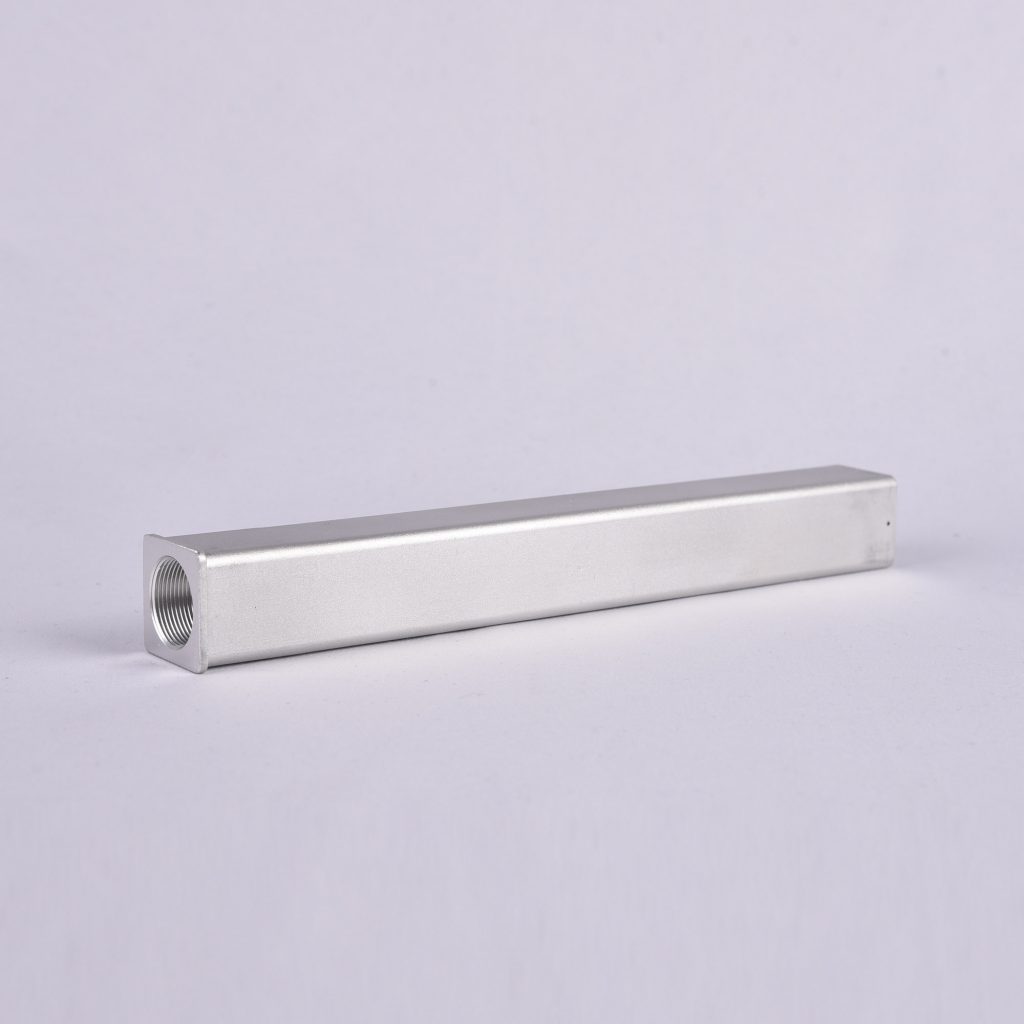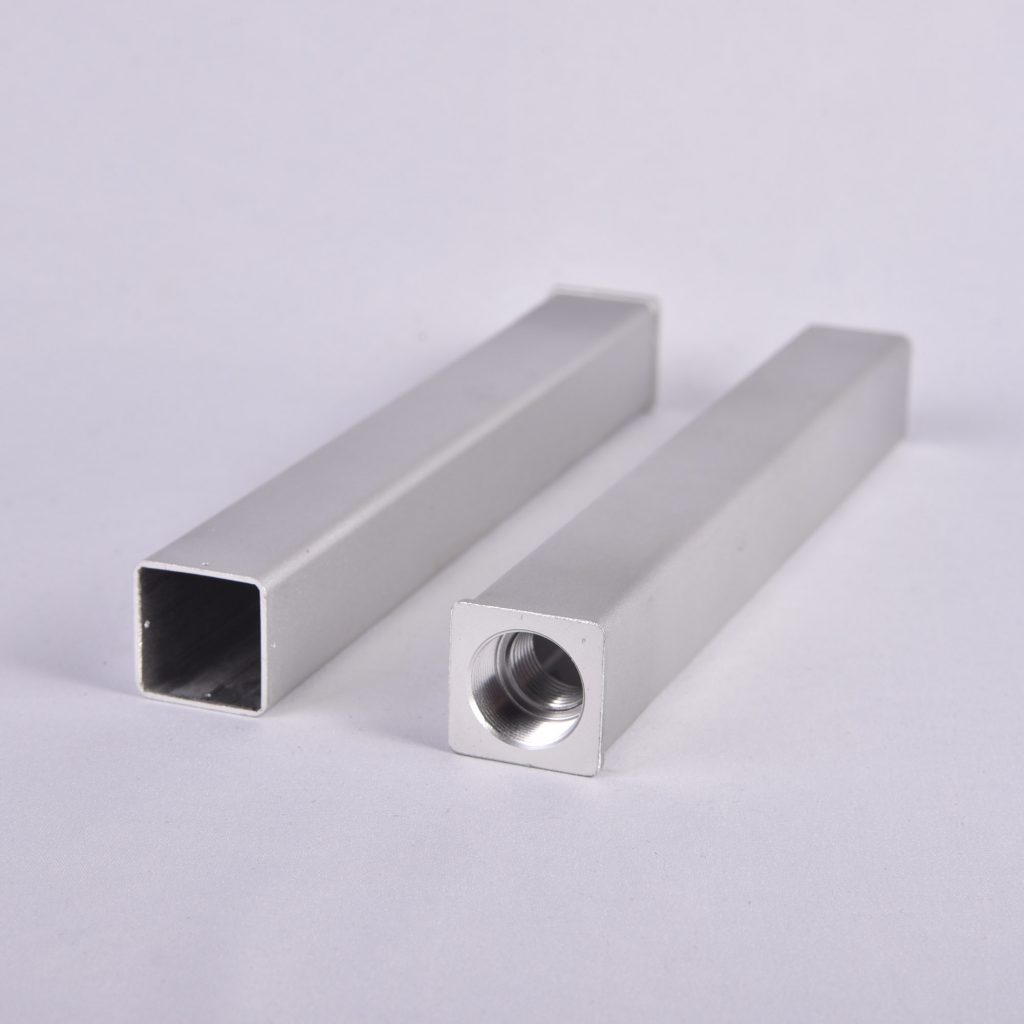
Алюминиевый патрон для военных дипольных отражателей
- Материал: алюминиевый сплав
- Минимальный заказ: 10 000 шт.
- Нестандартный размер принимает
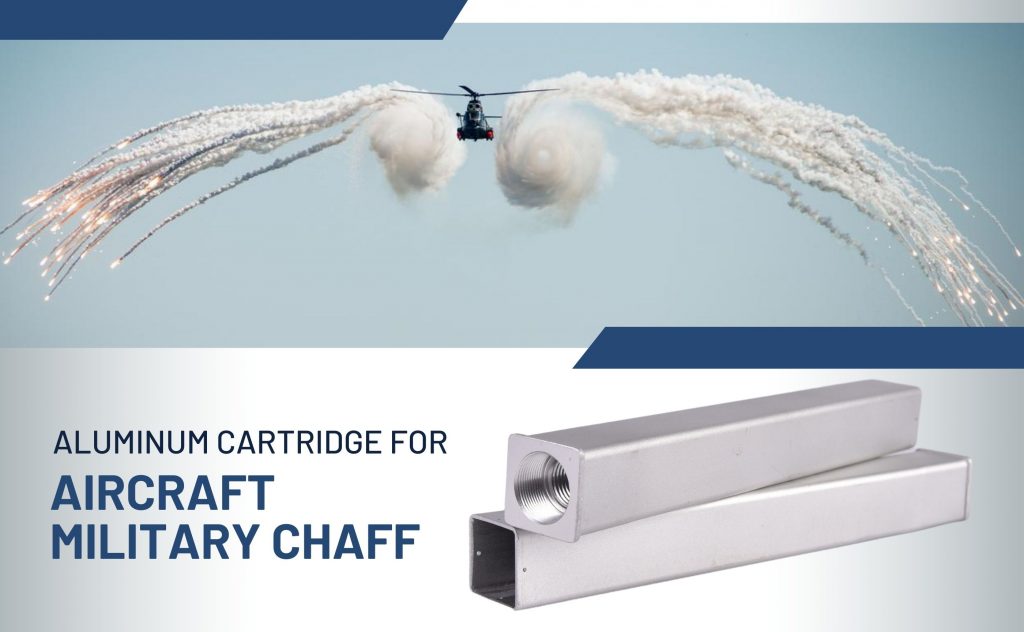
Военный chaff — это технология, используемая вооруженными силами по всему миру для введения в заблуждение вражеских радиолокационных систем. По сути, это выпуск в воздух небольших отражающих частиц, создающих облако, которое на экране радара противника выглядит как цель, тем самым затрудняя для противника возможность отличить реальные цели от поддельных.
1.Введение
1.1 Определение военного чата
Военные отражатели, также известные как средства противодействия радарам или отражатели радаров, представляют собой технологию, используемую военными для создания облака небольших отражающих материалов, которые могут сбивать с толку и направлять по ложному пути радиолокационные системы противника.
1.2 Цель военных хлопушек
Основная цель военных дипольных отражателей — защита военных самолетов от обнаружения и атаки вражескими радарами. Создавая облако отражающего материала, радиолокационный сигнал отражается обратно в радарную систему, создавая видимость множественных целей на экране радара противника. Это затрудняет для противника различение настоящих целей от поддельных, снижая эффективность его систем наведения с помощью радаров.
1.3 Краткая история военного чата
Технология отражателей военных дипольных помех была впервые разработана во время Второй мировой войны британскими и американскими учеными. Первоначально эта технология использовалась для защиты самолетов союзников от немецких зенитных орудий с радиолокационным наведением. С тех пор технология отражателей продолжала развиваться, а достижения в области материаловедения и радиолокационных технологий привели к созданию более эффективных и сложных систем отражателей. Сегодня военные отражатели используются вооруженными силами по всему миру в качестве ключевого компонента их возможностей радиоэлектронной борьбы.
2. Состав и производство военных дипольных отражателей
2.1 Материалы, используемые в военных отражателях
Военные отражатели обычно изготавливаются из небольших кусочков металлизированного пластика или стекловолокна с алюминиевым покрытием. Эти материалы выбираются из-за их способности отражать сигналы радаров, что делает их целями на экране радара противника. Размер частиц отражателей может варьироваться, некоторые системы используют частицы диаметром всего несколько микрон.
2.2 Производство военных отражателей
Производство военных отражателей обычно включает покрытие небольших кусочков пластика или стекловолокна тонким слоем металла, например алюминия или меди. Это металлическое покрытие помогает увеличить отражательную способность отражателя для радаров. Затем частицы отражателя разрезаются до нужного размера и формы, обычно в виде длинных тонких полосок или небольших сферических частиц.
Производство военных отражателей может осуществляться оптом, с большими объемами, производимыми сразу для удовлетворения потребностей военных операций. Для покрытия и резки частиц отражателей до желаемого размера и формы используется специализированное оборудование, а также применяются меры контроля качества для обеспечения последовательности и надежности.
После производства военные отражатели обычно хранятся в больших канистрах или алюминиевых картриджах, готовые к использованию при необходимости. Отражатели могут быть развернуты вручную или автоматически, в зависимости от конкретной используемой системы отражателей.
3. Развертывание военных дипольных отражателей
3.1 Механизм распространения военных глумливых материалов
Военные отражатели обычно сбрасываются с самолета или другой военной платформы, такой как корабль или наземное транспортное средство. Отражатели сбрасываются в воздух, где они образуют облако, которое может сбить с толку и направить по неверному пути вражеские радиолокационные системы.
Chaff может быть развернут различными способами, в том числе вручную или автоматически. Некоторые системы chaff разработаны для ручного развертывания экипажем самолета, в то время как другие автоматизированы и могут быть активированы системами радиоэлектронной борьбы самолета.
3.2 Типы военных дипольных отражателей
Существует несколько типов военных дипольных разбрасывателей, каждый из которых имеет свои уникальные преимущества и недостатки. Некоторые из наиболее распространенных типов включают:
Распылители дипольных отражателей на законцовках крыльев: эти распылители дипольных отражателей устанавливаются на законцовках крыльев самолетов и могут быть развернуты вручную или автоматически.
Внутренние распределители: эти распределители дипольных отражателей расположены внутри фюзеляжа самолета и могут быть развернуты вручную или автоматически.
Контейнерные распределители: Эти распределители дипольных отражателей устанавливаются на внешних контейнерах, прикрепленных к крыльям или фюзеляжу самолета.
Корабельные сбрасыватели дипольных отражателей: эти сбрасыватели дипольных отражателей используются на военных кораблях и могут быть развернуты вручную или автоматически для защиты корабля от атак ракет с радиолокационным наведением.
3.3 Эффективность использования военных дипольных отражателей для введения в заблуждение радаров противника
Военные отражатели показали свою высокую эффективность в сбивании с толку и дезориентации вражеских радиолокационных систем. При развертывании отражатели создают облако отражающего материала, которое выглядит как несколько целей на экране радара противника. Это затрудняет для противника различение настоящих целей от поддельных, снижая эффективность их систем наведения с помощью радаров.
Однако chaff не является абсолютно надежным и может быть побежден передовыми радарными системами, которые способны различать реальные и фальшивые цели. Кроме того, chaff эффективен только против систем вооружения с радиолокационным наведением и не защищает от других типов атак, таких как ракеты с инфракрасным наведением.
4. Военные пакости и международное право
4.1 Законность использования военных отражателей
Использование военных отражателей в вооруженном конфликте обычно считается законным в соответствии с международным правом. Развертывание отражателей не считается формой прямого нападения и, следовательно, не запрещено законами войны.
Однако использование военных отражателей должно соответствовать принципам пропорциональности и различия. Это означает, что использование отражателей должно быть пропорционально преследуемой военной цели и не должно приводить к чрезмерному ущербу гражданским лицам или гражданским объектам. Кроме того, отражатели должны применяться только против законных военных целей и не должны использоваться неизбирательно.
4.2 Международные правила использования военных дипольных отражателей
Несколько международных соглашений и правил регулируют использование военных отражателей в вооруженном конфликте. Наиболее значимым из них является Конвенция 1980 года о конкретных видах обычного оружия (CCW), которая запрещает использование оружия, которое «может причинить ненужные страдания» или «широко распространенный, долгосрочный и серьезный ущерб окружающей среде».
Согласно CCW, военные отражатели не считаются запрещенным оружием, но их использование должно соответствовать принципам пропорциональности и различия, изложенным выше. Кроме того, некоторые страны имеют собственные правила, регулирующие использование военных отражателей, и могут налагать дополнительные ограничения на их применение.
В целом, использование военных отражателей подчиняется международным правилам и рекомендациям и должно осуществляться в соответствии с принципами международного права. Хотя отражатели могут быть эффективным инструментом в военных операциях, их использование должно быть тщательно продумано, чтобы гарантировать, что оно не приведет к ненужному вреду гражданским лицам или гражданским объектам.
5. Будущее военных хлопушек
5.1 Достижения в области военных технологий отражателей помех
Достижения в области материаловедения и инженерии ведут к разработке новых и улучшенных типов военных дипольных отражателей. Например, исследователи изучают использование наноструктурированных материалов, которые могли бы обеспечить улучшенные характеристики и долговечность по сравнению с традиционными дипольными отражателями.
Кроме того, достижения в области искусственного интеллекта и машинного обучения ведут к разработке более сложных систем радиоэлектронной борьбы, которые могут автоматически развертывать chaff в ответ на угрозы. Эти системы могли бы значительно повысить эффективность военных chaff в будущих конфликтах.
5.2 Потенциальное военное применение военных дипольных отражателей
Военные отражатели будут продолжать оставаться важным инструментом в радиоэлектронной борьбе и могут сыграть решающую роль в будущих конфликтах. Отражатели могут использоваться для защиты военных самолетов, кораблей и наземных транспортных средств от атак ракет с радиолокационным наведением, а также могут использоваться для нарушения связи и электронных систем противника.
Кроме того, дипольные отражатели можно использовать в сочетании с другими средствами радиоэлектронной борьбы, такими как постановка помех и ловушки, для создания более комплексной оборонительной стратегии.
5.3 Потенциальное гражданское применение военных дипольных отражателей
Хотя военные отражатели в основном используются в вооруженных конфликтах, у этой технологии могут быть потенциальные гражданские применения. Например, отражатели могут использоваться в поисково-спасательных операциях для поиска потерянных или пропавших без вести людей или для прерывания или отвлечения стихийных бедствий, таких как ураганы или торнадо.
Chaff также может использоваться в управлении гражданским воздушным движением для предотвращения столкновений между самолетами или для предоставления дополнительных указаний в сложных погодных условиях.
В целом, хотя военные дипольные отражатели по-прежнему будут использоваться в основном в военных целях, у этой технологии могут быть потенциальные гражданские применения, которые еще предстоит полностью изучить.
6. Заключение
6.1. Обзор основных моментов
Подводя итог, военные отражатели — это тип электронного противодействия, используемого для введения в заблуждение вражеских радиолокационных систем. Они состоят из небольших отражающих частиц, которые выбрасываются в воздух, создавая облако, которое отражает радиолокационные сигналы и затрудняет для противника идентификацию и отслеживание военных целей.
Военный дипольный отражатель обычно состоит из волокон с алюминиевым покрытием или других проводящих материалов и производится в различных формах, включая полосы, облака и воздушные шары. Он распределяется из различных типов распределителей, включая системы на самолетах, корабельные системы и наземные системы.
Использование военных отражателей обычно считается законным в соответствии с международным правом, при условии, что они применяются в соответствии с принципами пропорциональности и различия. Международные соглашения и положения, такие как Конвенция 1980 года о конкретных видах обычного оружия, накладывают ограничения на использование отражателей в вооруженном конфликте.
Достижения в области материаловедения и инженерии, а также искусственного интеллекта и машинного обучения ведут к разработке новых и улучшенных типов военных дипольных отражателей, которые могут иметь важное применение в будущих конфликтах. Кроме того, могут быть потенциальные гражданские применения технологии дипольных отражателей в поисково-спасательных операциях и управлении воздушным движением.
6.2 Заключительные мысли о военных шутках
Военные отражатели являются важным инструментом в радиоэлектронной борьбе, обеспечивая способ защиты военных активов и нарушения работы вражеских радиолокационных систем. Хотя существуют правила, регулирующие их использование в вооруженном конфликте, достижения в области технологий приводят к появлению новых и улучшенных типов отражателей, которые могут иметь значительное применение в будущих конфликтах.
Как и в случае с любой технологией, использование военных дипольных отражателей должно быть тщательно продумано, чтобы гарантировать, что оно используется в соответствии с международным правом и принципами пропорциональности и различия. В целом, военные дипольные отражатели, вероятно, останутся важным инструментом в радиоэлектронной войне в обозримом будущем.

















